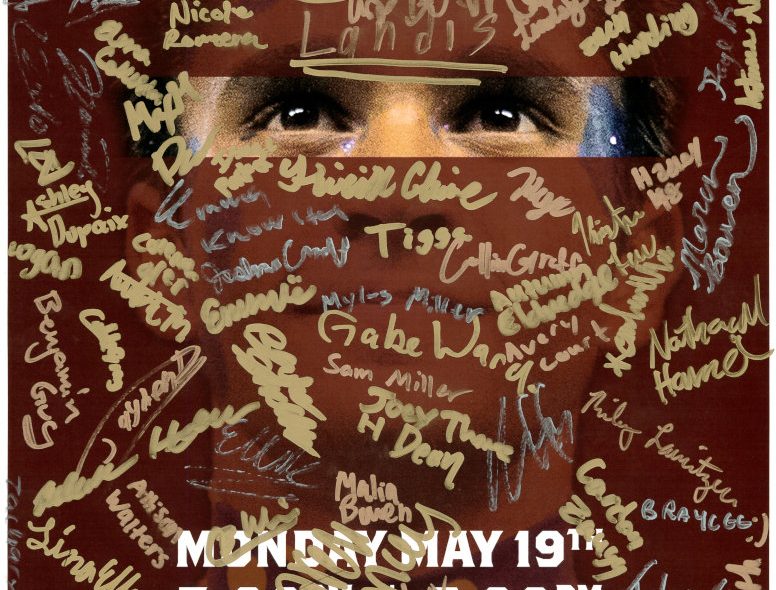For a change, this month’s column is not about reading books. You could say it’s about reading hope in some local high school students.
Human civilization is built over generations in fits and starts and at enormous cost. On a good day we build it slightly faster than its enemies dismantle it. In real life as in Dostoevsky’s novels, good’s margin of victory over evil is narrow indeed. We may disagree on who is building and who is dismantling lately, and how and why. But we sense there haven’t been enough good days recently.
True, we’re surrounded by good things. Some things are the best they’ve ever been. But it’s easy to lose hope, especially if we imbibe the 24/7 news cycle and the endless, performative musings of the professional commenting class. It’s easy to look ahead and look around and despair for the future.
I’ve found an antidote in the past, and it still works: spending time with local youth. It hasn’t always been the American Fork High School Marching Band. It doesn’t have to be a band at all. But lately it has been, again.











